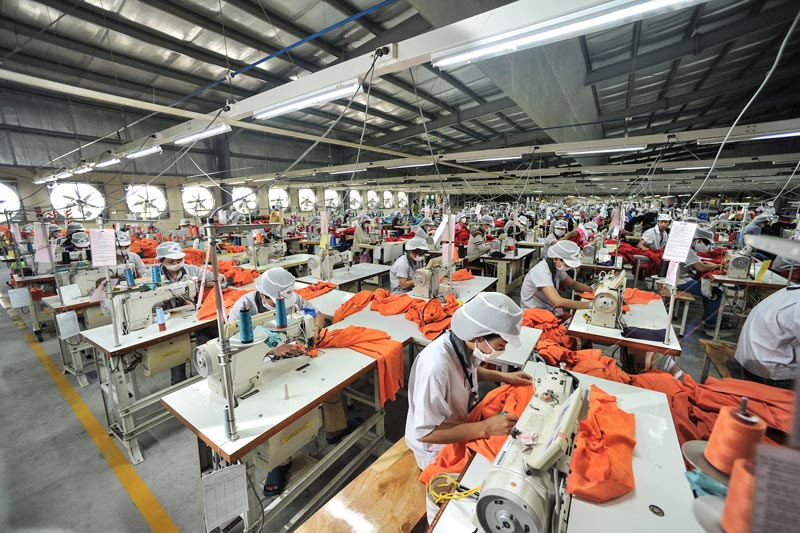Can Vietnam take full advantage of preferences in VN-EAEU FTA?
Vietnamnet Bridge | 2 November 2016
Can Vietnam take full advantage of preferences in VN-EAEU FTA?
According to Trinh Thi Thu Hien from the Ministry of Industry and Trade’s (MOIT) Import-Export Department, under the Vietnam-EAEU FTA, 56 percent of tax categories of Vietnam’s exports to the region had zero percent tariff as soon as the agreement took effect.
Nearly all textile & garment products which had a tariff of 15 percent have seen the tax cut to zero percent since October 5.
EAEU has strict protection over textile & garment products made of wool, cotton and high-end products, but has opened the market to products.
Many footwear and handbag products taxed 5-10 percent previously have also seen the tax cut to zero percent. These include sports shoes, an advantageous product of Vietnam.
The zero percent tariff instead of 10 percent has also been applied to Vietnam’s seafood exports. And EAEU has committed to cut 100 percent of tax categories on plastic products.
In order to enjoy a preferential tariff, exports must have added value of no less than 40 percent.
However, EAEU will consider stopping the preferential tariff if they discover that imports from Vietnam increase sharply and suddenly. - for example, if footwear exports to the market exceed the current production capacity.
MOIT thinks that though Vietnam’s wooden furniture industry still has opportunities to penetrate the EAEU market, but the growth rate would not be high.
As for textile & garment products, in order to enjoy the preferential tax tariff of zero percent, the export volume must not be higher than 1.5 times of the average export volume in the last three years.
If the export volume exceeds the threshold, EAEU will conduct an investigation to consider whether to impose MFN tax. If so, the taxation will be valid for six months, and may extended for three more months.
MOIT said though exports enjoy preferential tariffs, it would not be easy for Vietnamese businesses to bring goods to the EAEU, partly because of non-tariff barriers, such as regulations on food safety and quarantine on Vietnam’s farm produce.
According to Le Ngoc Lam, deputy general director of BIDV, the procedures Vietnamese businesses have to follow to get licenses to export products to Russia, especially related to sanitary issues and quarantine, are complicated.
“A lot of our clients complain they find it difficult to obtain licenses to export seafood to the market,” he said.






